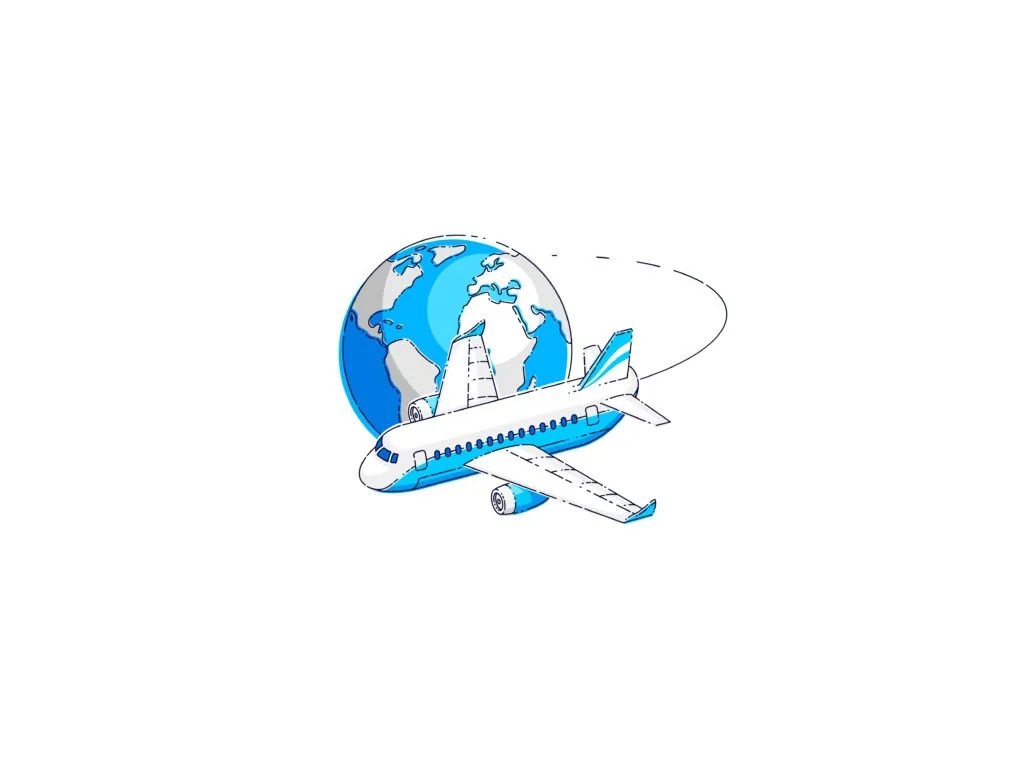
How to Ship Internationally: Part 1
Part 1: Shippability & Packaging
Shipping freight can be a tricky business. When you ship cargo internationally, the process can leave you lost. By the end of this article, you’ll know how to ship internationally. Consider us your travel guides through the wonderful world of international freight shipping!
In this part, we’ll cover the shippability and packaging of your international freight so you know you’re on the right track.
Thousands of businesses trust FreightCenter to move their freight faster, smarter, and cheaper! From unbeatable rates to top-notch service, our customers are raving about their shipping success.
See why they keep coming back!
Award-Winning Service, Trusted by Shippers Everywhere!
- 2021, 2017 & 2016 Food Logistics’ Top Green Providers
- 2021 & 2018 Supply & Demand Chain Executives’ Pros to Know: Matthew Brosious
- 2020 & 2019 Top Food Logistics’ 3PL & Cold Storage Provider Award
- 2020 & 2019 Business Observer’s Top 500 Companies on the Gulf Coast
- 2020 & 2017 SmartWay® Transport Partner
- 2020 & 2017 Food Logistics’ Champions: Rock Stars of the Supply Chain
- 2020 Best of Palm Harbor Awards for Local Businesses
- 2017 Green Supply Chain Award from Supply & Demand Chain Executive
- 2017 Tampa Bay Business Journal Heroes at Work
- 2016, 2015, & 2012 Food Logistics Top 100 Software and Technology Providers
- 2013 Tampa Bay Business 100 by Tampa Bay Business Journal
- 2013 Top 100 Great Supply Chain Partners by SupplyChainBrain
- 2012 TIA Samaritan Award Honorable Mention
- 2012, 2011 & 2010 TBBJ Fast 50 Recipient
- 2013, 2011, & 2010 Diversity Business Top Businesses
Can I Ship That Internationally?
Remember that time your brother was studying abroad in Japan and called you? He was homesick for Puerto Rican coffee, so your mom tried to ship him a crate of it and couldn’t due to customs regulations.
When it comes to shipping freight internationally, you first have to learn what you can and cannot ship. The devil is really in the details: shipping coffee to Japan, for instance, is a cumbersome process. Shipping like this requires a set of rules: Roasted coffee requires import notification and inspection by the Japan Health Ministry. The JPM does not permit unroasted or raw beans; other forms could be acceptable. Occasionally, an item is shipped, but only in limited quantities.
Every country has its own list of prohibited items, so before waving farewell to your cargo, research whether or not the commodity you’re sending overseas will make it past customs. Sometimes, what strikes us as innocuous is something totally unshippable. Cosmetics have very particular rules for entering or leaving the U.S.; they’re an import restriction in Japan. For instance, nail polish is subject to inspection since there are brands comprised of flammable ingredients. Something like a hoverboard can be shipped domestically, but forget it if you want to ship one to your cousin in Guam. The USPS website lists restricted and prohibited items, including alcohol, flammable liquids and solids, fireworks, and more.
Do your research. Investigate various international carriers to make sure that they are open to carrying your freight. International freight can be denied over the smallest infractions. It is important to cover all tracks before beginning paperwork.
It Goes In What Now?
There are steps to the packaging process. Rules are far stricter when you’re trying to ship freight internationally. Air freight and ocean freight function under different parameters, so it’s important to know what applies to which when it comes to packaging materials.
Packaging Materials to Ship Internationally
There are two things to remember when packing for air freight: size and weight. Due to limited space, air freight is more expensive, and packaging materials add extra weight. If you’re looking for quicker shipping times, air freight will be your better option.
Rules for ocean freight are a little more lenient. It’s much cheaper than air freight, but it’s much slower as well. If your schedule permits, sending your cargo via ocean freight is the way to go. Extra packaging won’t cost extra, either.
Packaging Requirements for International Freight
Many countries have these same regulations to prevent the spread of pests and diseases. Goods will be taken or destroyed; penalties will be enforced if you do not follow guidelines. So, before you start packing, ensure you understand the shipping requirements to your destination country. Wood that is not heat treated, fumigated, or ISPM compliant could be penalized. This wood is susceptible to carrying pests like insects or fungi (that can potentially spread disease) and will not be ISPM 15 compliant.
What is ISPM 15, you ask? This stands for International Standards For Phytosanitary Measures No. 15. ISPM 15 was created by the International Plant Protection Organization (IPPC). The IPPC is a part of the United Nations Food and Agriculture Organization. Follow this standard to ensure that the wood being used for shipping is treated and safe for travel.
Possible Dangers When You Ship Internationally
Untreated lumber risks the transference of invasive species (plant, insect, or otherwise) across international lines. While we have species native to the U.S.—like the pinewood nematode—such a pest could pose a huge threat to the ecology of the country of destination. No matter how microscopic, these critters can decimate a country’s native flora and fauna. The Eastern European Gypsy Moth alone can defoliate 700,000 acres of the Northeastern United States a year, causing millions of dollars in damage.
All Your Ducks in a Row or in a Stack on a Pallet
U.S. Customs and Border Protection requires shippers to be mindful when packaging goods bound for the U.S. Checking imports for restrictions and infractions can take its fair share of time. Goods are examined by border protection. The more disorderly the contents of a shipment are, the higher the risk of delay.
How are you shipping your freight? The CBP considers palletized shipments an excellent and effective way to accelerate examinations since it allows for quick removal by way of a forklift. Following the designated packing guidelines will make the shipping process faster for everyone involved, from you to your consignee to all the carriers and inspectors in between.
See You at the Next Port of Call!
Don’t let shipping internationally feel like a global catastrophe. Keep your eyes on FreightCenter’s series, The International Shipper’s Checklist, for more tips and tricks for all your international shipments.
Our next port of call will be at the customs broker’s office. See you then!
To create value for our customers by delivering customized shipping solutions that meet their unique needs and to fulfill shipping demands from simple to complex with expertise, guidance and ingenuity.
Trust the experts at FreightCenter to give you the best prices and the most comprehensive options for all your LTL freight shipping needs.
We deliver optimized solutions for full or partial truckloads and competitive dry van, flatbed, and refrigerated freight pricing. We can cover your full truckload shipping needs.
Nationwide Expedited Trucking services move your freight securely and rapidly. Your freight requires fast delivery; our freight shipping experts can get your shipment fast, whether in one large box or a full truckload.
The most reliable Specialized Freight Services rates from all the top carriers are just a few steps away. From white glove service to international shipping, we've got you covered.


